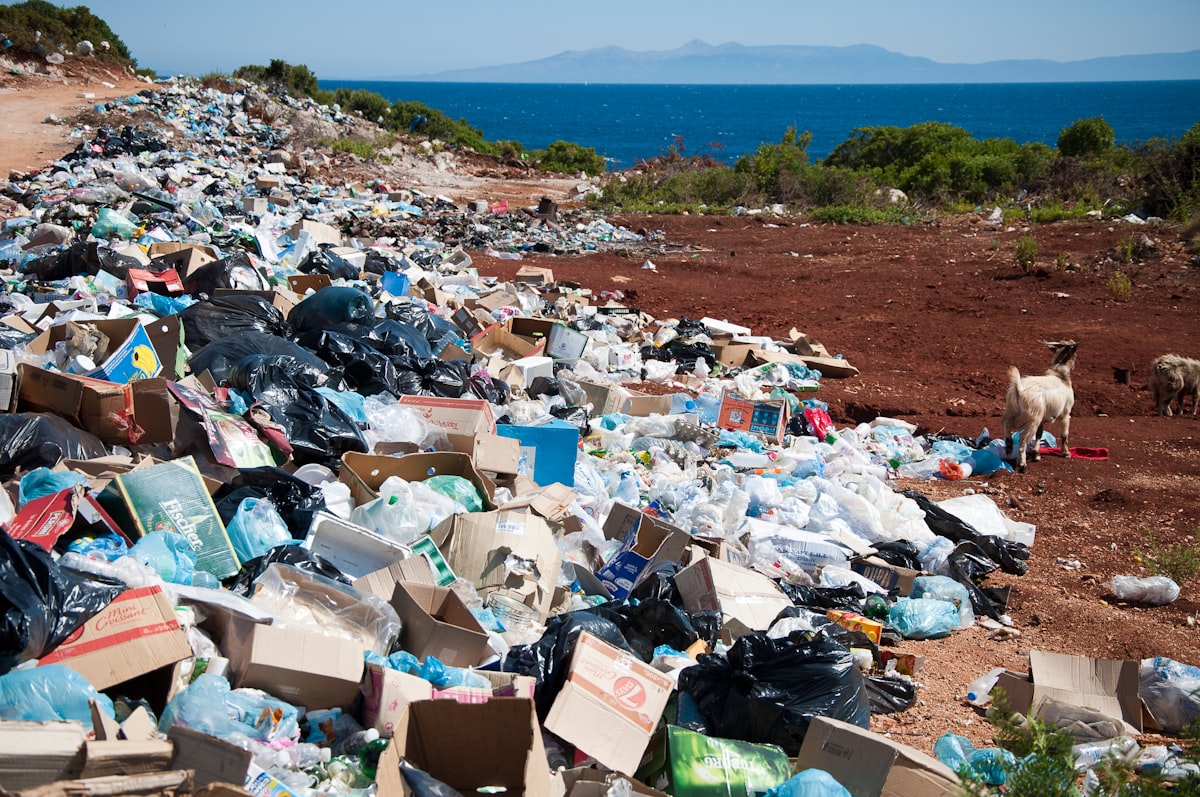Plastic Eating Worms (L2)

Waxworms have the ability to biodegrade plastic, which could potentially help solve the planet’s plastic problem. Doctor Federica Bertocchini discovered this phenomenon accidentally when she put some waxworms in a plastic bag and noticed that they were producing holes. Further research found that the worms’ saliva contains enzymes that can oxidize polyethylene. Another enzyme called PETase, found in a bacteria called Ideonella sakaiensis, can break down PET plastic in a matter of days. Scientists are working on scaling up these enzymes to have a real impact at scale. Additionally, scientists in Edinburgh have found a way to upcycle plastic by turning it into vanillin using E. coli. Upcycling plastic re-enters the carbon back into the chemicals economy as something of higher value.
Writing Ideas
- Imagine a future where plastic waste is no longer a problem. How did we get there? What role did waxworms and enzymes like PETase play in this future?
- Write an argumentative essay on the benefits and drawbacks of upcycling plastic into other products such as vanillin or pharmaceutical compounds.
- Write a fictional story about a scientist who discovers a new way to degrade plastic using an unlikely source.
- Write a news article about the discovery of waxworms’ ability to biodegrade plastic and its potential impact on the environment.
Deepl provides a neat tool to help English learners write better. Check it out here.


